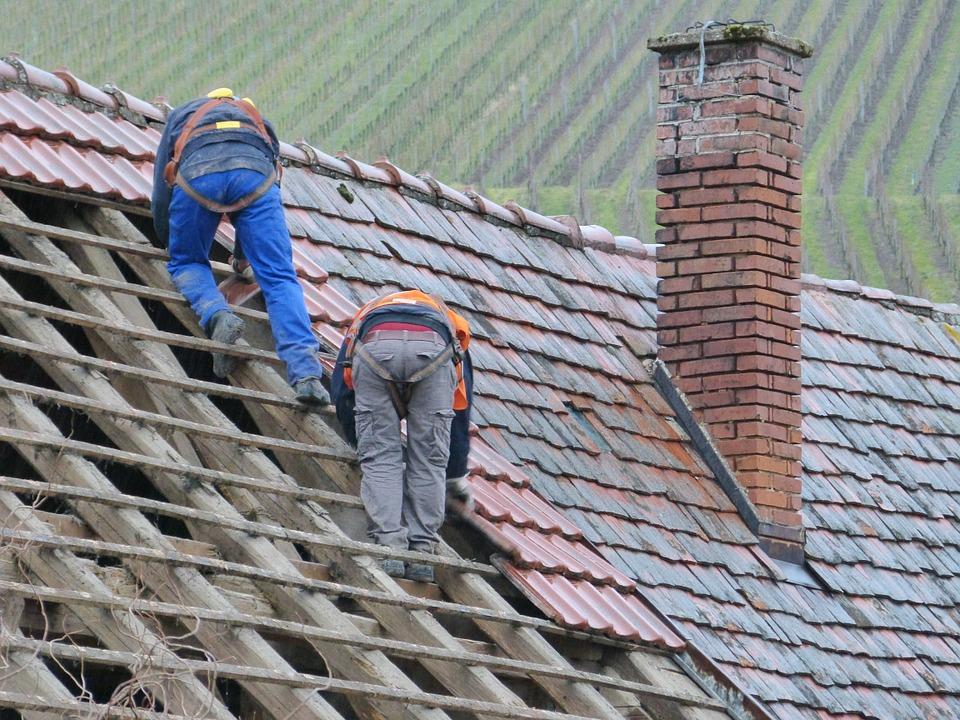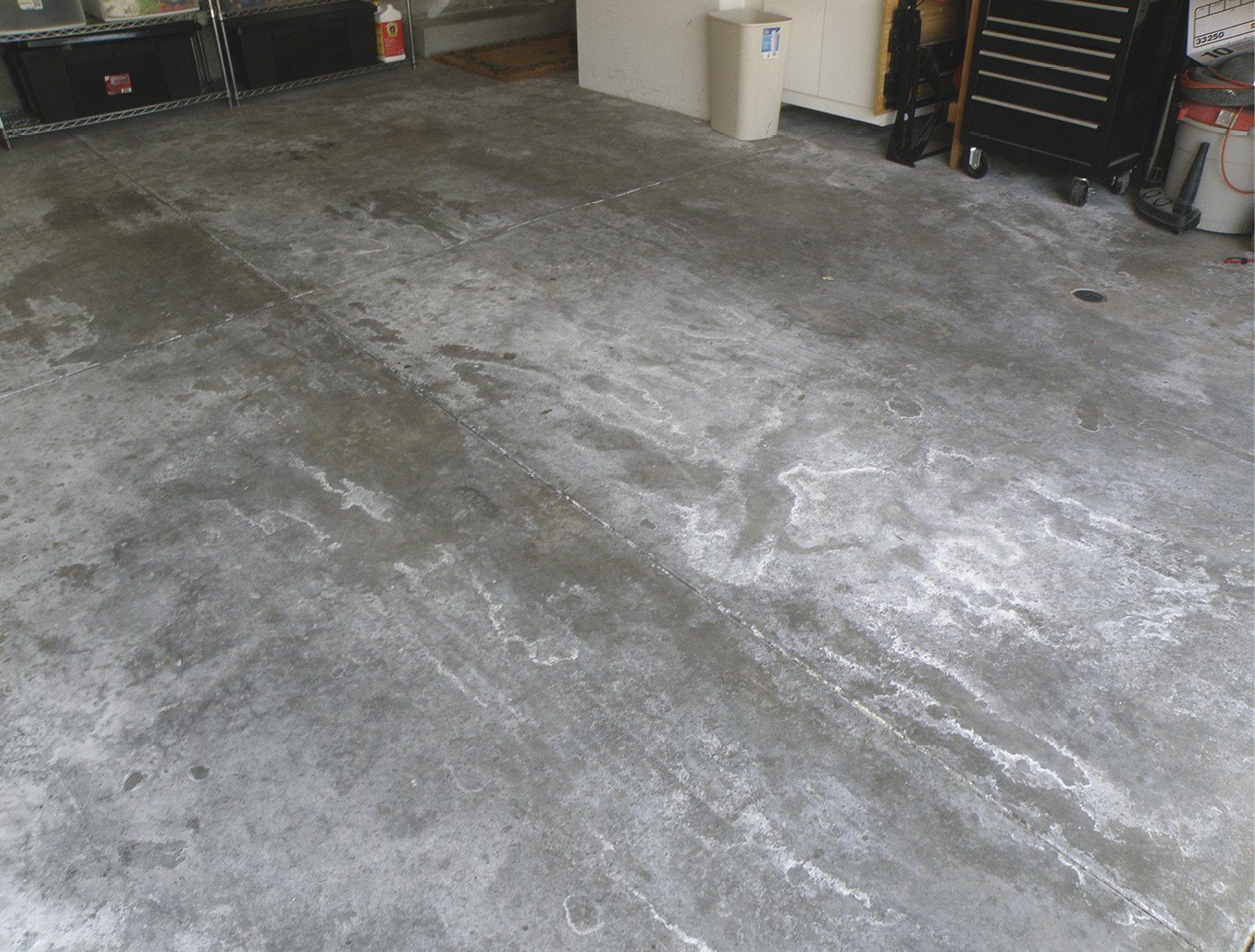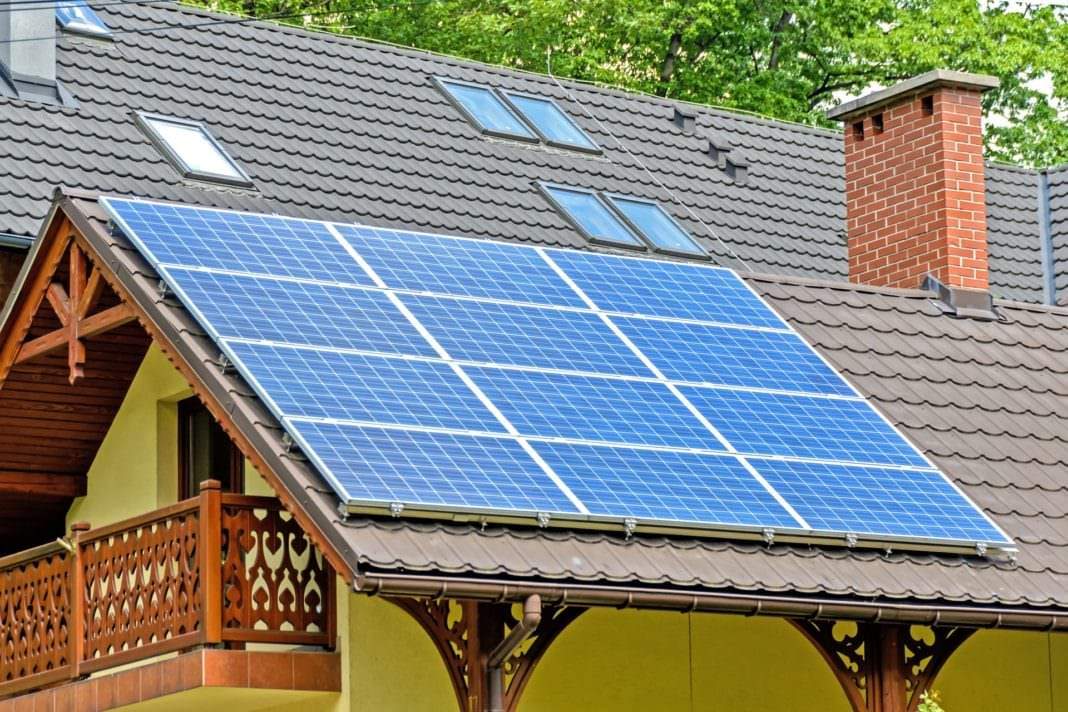
Your roof is one of the most important parts of your house.
It shields you from harsh weather conditions, keeps your home insulated, and makes you and your family more comfortable. Therefore, proper maintenance is quite essential to help maintain its integrity.
However, even the best-kept roofs are prone to damages.
Most homeowners face leaks, faulty gutters, broken or missing shingles, and several other issues. Such problems can be caused by natural wear and tear, debris, falling branches, or extreme weather conditions like heavy rain and strong wind.
Common Roofing Mistakes to Avoid when Repairing or Replacing Your Roof
If your roof is damaged, it can be tempting to repair or replace it yourself. After all, a do-it-yourself project could save you the additional cost of hiring a professional.
But, embarking on a DIY project depends on the amount of roofing knowledge you have.
If you have adequate skills and experience, a DIY may be recommendable. However, hiring an expert is advisable if you aren’t sufficiently skilled in roof repairs or replacements.
Nonetheless, to get the best results, ensure you work with reputable and experienced experts like Smith Roofing Company or other reliable firms near you. Failure to do this will take more time to finish the project, inconveniencing your family and yourself, too.
Also, a delay could expose your home to harsh weather conditions, such as rain and extreme temperatures. As a result, you might damage your house or overwork your air conditioning or heating system, thereby increasing your electricity bill.
Besides that, inadequate roofing skills and experience might cause some mistakes that could further damage your roof. As a result, you may have to call a contractor to redo the job and end up spending more money. You also risk getting into trouble with the law or your insurance company by failing to follow the correct procedures during a roof repair or replacement.
To avoid the aforementioned, you should first identify what could go wrong in a DIY roofing project. This will also help you to avoid any dire consequences that might follow.
In this article, you’ll find some of the common roofing errors most DIYers make. They include:
1. Fitting a New Roof Over the Old One
A common mistake that most people make is fitting a new roof over the old one. The law in some states considers overlaying illegal if it’s done more than once. However, even if this practice isn’t prohibited in your location, it’s advisable to avoid it.
Your deck could be causing leaks and other roofing issues you might be experiencing—the only way to establish its weaknesses is by tearing off the old roof. By identifying what’s underneath and correcting the problems with your deck, you can ensure a proper roof repair or replacement.
Besides that, you might cause further damage to your walls and roof by installing new shingles over the old ones. Usually, this additional layer adds extra weight that could stress your walls and roof.
2. Installing Mismatched or Poor Quality Shingles

When buying materials for your renovation project, you might buy cheaper shingles or source them from different sellers. These are practices that could cost you more, and it’s advisable to avoid them.
Usually, manufacturers make shingles in batches, and each group has a unique color. By sourcing your items from different suppliers, you might get products with varying shades. You may end up ruining the overall appeal of your roof by installing mismatched shingles.
If you’re looking to sell your house one day, this factor can affect its pricing as an unattractive covering will put off most buyers. Also, those who might be interested in it could use this part of your home as their bargaining point. Therefore, you might not get much from the sale of your house.
On the other hand, cheap shingles might not be of the best quality. Therefore, they might not be strong enough to withstand harsh weather conditions. Also, they might not last long, meaning you’ll have to spend more money replacing them.
3. Improper Nail Usage
Using fewer nails is another mistake you have to avoid. A sufficient amount of these fasteners will ensure you apply them in the right locations and angles. Hence, securely locking your shingles, slates, or other materials in place.
Short nails, on the other hand, might not sufficiently penetrate the roof’s underlayment. Consequently, they won’t properly secure the shingles or slate.
These nails will start to pop over time and allow water to pass through the roof when it rains, which can cause leaks.
4. Using the Wrong Coating
Installing roof coating will help extend the life of your house’s covering and protect it from unwanted elements. But the type of products used in one area might not be suitable for another.
For instance, an epoxy-based coating might not be good for a region that experiences high rainfall or one with high humidity, as this type of coating might peel over time or curl and destroy your roof.
Therefore, before buying any coating, first, identify the type of coating suitable for your area. You can speak with an experienced local roofer or research online what products suit your region’s climate. This way, you’ll avoid making errors that could cost you afterward.
5. Not Installing a Drip Edge or Leak Barrier
Another mistake homeowners make when repairing or replacing their roofs is not installing a leak barrier or drip edge. Even though you might be looking to save some money, it’s advisable to avoid making this error.
It’s because a drip edge and leak barrier will help protect your house from water damage.
A leak barrier can eliminate the risk of leaks while a drip edge will divert water away from the roof’s facia and direct it into the gutters. This ensures that moisture doesn’t get under your house’s covering.
6. Improper Installation of Roof Flashing

Roof flashing ensures water doesn’t get under your shingles, slates, or other coverings. It is usually installed around areas where water runoff is necessary, like the vents, chimneys, and gutters.
It is also fitted in places that can leave your underlayment or coverings vulnerable to water, causing leaks. These include areas where the roof joins with side or front walls, at the lower points of slopes, and on the edges.
A common mistake among homeowners is wrongly aligning flashing or using inadequate or poor-quality materials. These errors can prevent proper roof waterproofing and, after some time, allow moisture to get through the joints. As a result, you’ll experience leaks that could eventually damage your house significantly.
7. Poorly Ventilating the Roof

It’s also advisable to avoid poorly ventilating your roof. Too much heat or moisture can cause deck rotting, damaging your house’s covering and the underlayment. Consequently, this will lead to leaks during rainy seasons.
Apart from that, poor ventilation can increase your energy bills because your roof will allow excessive heat into the house during hot seasons. Therefore, your air conditioner will be overworking to keep the home cool.
During cold days, the roof will allow heat inside the house to escape. Therefore, your heating system will also overwork to keep the house warm. You’ll damage these appliances and also shorten their life span by stressing them. You’ll also lose money to high electricity bills.
8. Failing to Get a Permit
Home renovation laws differ from one state to another. In some areas, residents may be required to get approval from their local government before starting specific property improvement projects.
In such places, homeowners replacing an entire roof need to obtain a permit first. Failing to get this approval can be a costly mistake.
Before starting your renovation project, ensure you first check your region’s current building codes and acquire a permit if necessary. You risk a hefty fine by failing to do this.
Also, the local government could stop your project midway or force you to uninstall the whole roof.
Conclusion
DIY home improvements can be fun and can help you acquire some skills. They can also help you save some money on the costs of hiring a professional. However, some tasks should only be handled by an expert.
Roofing repairs and replacements, for instance, should only be done by a well-experienced person. On the other hand, if you’ve got sufficient knowledge of the task, a DIY might be suitable. Otherwise, you might make some errors with serious consequences.
Before you start your renovation project, it’s best to know what could go wrong. This way, you’ll avoid any unpleasant and costly outcomes.
This article already stated some of the most common roofing mistakes you must avoid. They include fitting a new roof over the old one, improper nail usage, and using the wrong type of coating.
Also, you must refrain from using mismatched or poor-quality shingles, not adding a drip edge or leak barrier, and improper flashing installation. Additionally, it’s advisable to avoid poorly ventilating your roof and not acquiring a permit.






Leave a comment
This site is protected by hCaptcha and the hCaptcha Privacy Policy and Terms of Service apply.